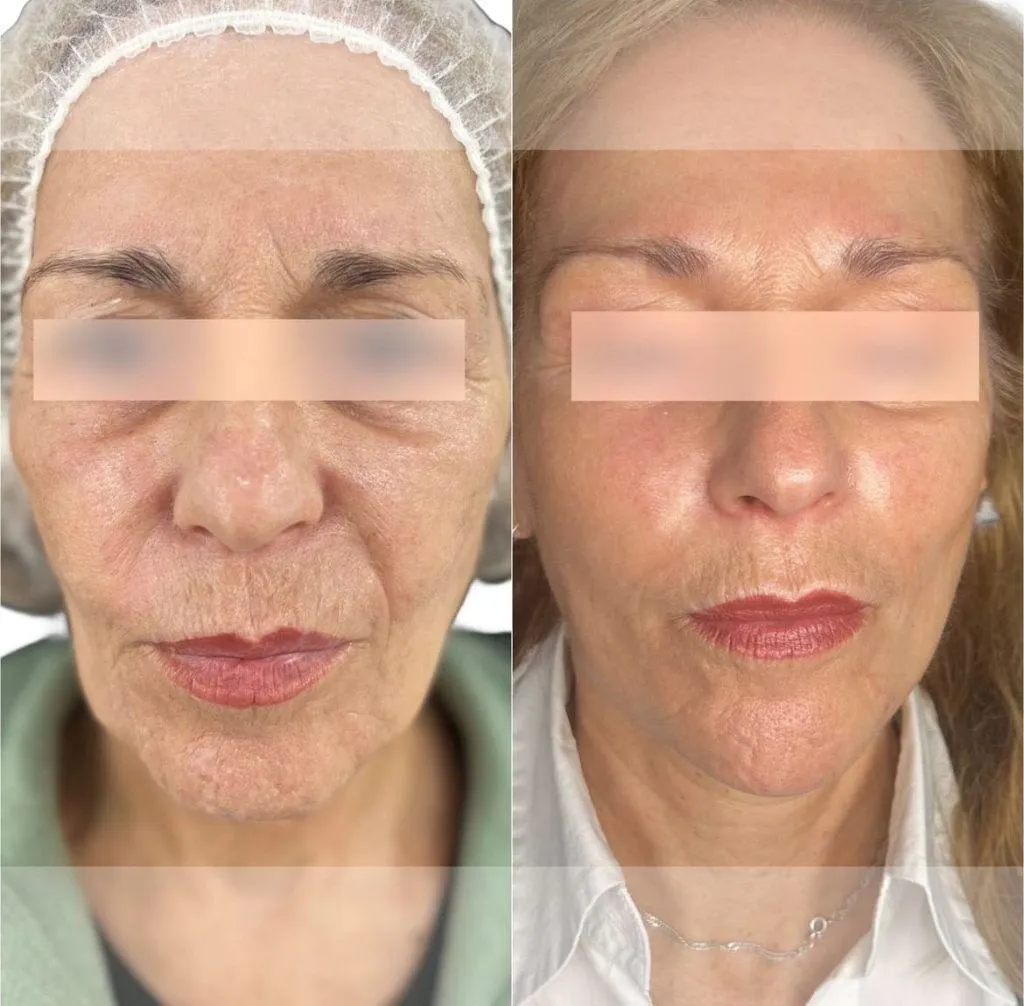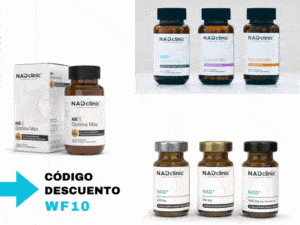The rapid adoption of glucagon-like peptide-1 (GLP-1) agonists is transforming the life sciences landscape, with effects far beyond cardiometabolic care and obesity. According to a recent McKinsey study, llobal prescriptions for GLP-1 agonist therapies grew at a remarkable rate of approximately 38% per year between 2022 and 2024, and it is estimated that sales could reach $100 billion by 2030. This growth has generated a great deal of interest in downstream effects in the health and life sciences sector.
In particular, impact already being felt in the medical aesthetics sector. These therapies are not only improving patients' cardiometabolic health, but are also changing their physical appearance and, consequently, driving demand for aesthetic products and services.
To better understand the impact of GLP-1-induced weight loss on the aesthetic industry and, more specifically, on facial aesthetics, McKinsey conducted a survey in late 2024 of 174 aesthetic service providers, including medical spas, dermatology clinics and plastic surgery. The results suggest that GLP-1 therapies are broadening and reshaping the aesthetics customer base. For example, 63% of patients seeking aesthetic facial treatments or products were not previously active users of aesthetic medical services. Approximately half of these patients had never considered aesthetic treatments prior to their weight loss, while the remainder were undecided individuals who had shown an intention to undergo aesthetic treatment in the next five years.
This surge of new patients presents both opportunities and challenges for suppliers, manufacturers and investors in the aesthetics sector. This article, based on the McKinsey study, presents insights into the expectations and needs of this emerging group and suggests actions for industry players to effectively serve these patients and position themselves as market leaders.

What patients using GLP-1 want
Recent demand in medical aesthetics has been driven by the emergence of new patient segments, greater social acceptance of aesthetic treatments and an expansion in available options. GLP-1 therapies contribute to this growth not only by expanding the number of patients but also by increasing the participation of those who were previously undecided, a key segment indicating future growth potential.
To capture and sustain this growth, the aesthetics industry must understand and respond to the specific needs of GLP-1 patients. Four defining characteristics stand out in this group:
- Multiple aesthetic concerns: Weight loss, whether through lifestyle changes, surgery or medication, can lead to common aesthetic problems such as sagging skin and loss of facial volume, resulting in an aged or droopy appearance. GLP-1 agonists affect both fat and collagen production, so users may experience various changes in their facial appearance.
- Preference for less invasive treatments: Many patients who have lost significant weight opt for less invasive medical aesthetic treatments in addition to traditional surgical options such as facelifts. According to the McKinsey survey, 61% of GLP-1 patients seeking treatment have lost between 11% and 30% of their body weight and primarily want to improve facial and neck skin laxity, skin quality and facial volume. The 63% seek treatment for multiple aesthetic concerns due to the interconnection between the changes caused by weight loss and the surrounding soft tissues.
- Various aesthetic objectives: This new group of patients is almost evenly divided between those who want a more "natural" look - that is, one that resembles their pre-weight loss appearance and hides signs of cosmetic treatments - and those who explore new styles and techniques.
- Need for combination therapies and innovative technologies: The treatment of GLP-1 patients presents unique challenges and opportunities for aesthetic providers. Nearly one-third of respondents believe that further advances are needed to improve clinical efficacy and outcomes in this population. Emerging evidence suggests that combining treatments, such as the use of biostimulatory injectables (e.g., Sculptra) along with dermal fillers (such as Restylane Lyft or Contour) or techniques such as platelet-rich plasma or microneedling with radiofrequency, may be the best strategy to address these multiple concerns. In addition, combining or staging surgical and non-surgical procedures, such as facelifts, laser resurfacing, autologous fat grafting along with fillers and skin rejuvenation, may offer comprehensive solutions. These options could be facilitated through collaborations between medical spas and plastic surgery clinics.
Providers surveyed expressed strong interest in generating more clinical evidence and developing personalised therapies for GLP-1 patients, showing enthusiasm for innovations such as radiofrequency microneedling and mRNA-based collagen replacement therapy.

Financial perspective and how industry can add value
The financial picture for these patients is mixed. While many are motivated to improve their appearance, the ongoing cost of GLP-1 therapy - which can exceed $500 co-pay, even with insurance - limits their budget for aesthetics. About 60% of patients report a reduction in total aesthetic spending, while 40% have increased their investment due to an increased focus on their facial appearance after weight loss.
To respond to this growing demand and lead the future of medical aesthetics, industry players must act decisively in several key areas:
- Review marketing, messaging and patient engagement: The GLP-1 segment includes consumers previously unreached by traditional aesthetic marketing. Precision marketing that takes into account demographic profiles, psychographics and treatment goals is recommended, using educational campaigns that explain the science of skin changes and solutions available through multiple channels, such as digital health platforms, wellness influencers and nutrition forums.
- Consider tiered or subscription pricing models: To serve this economically diverse group, providers can combine traditional high-care strategies with consumer-centric digital models that foster long-term loyalty. Tiered pricing plans could offer affordable options for basic skin maintenance and premium packages for more complex concerns. Subscriptions could improve affordability and engagement by spreading costs and promoting ongoing treatments.
- Design treatment protocols adapted to post-weight loss needs: A one-size-fits-all approach is not sufficient for the complex needs of these patients. It is suggested that providers collaborate with manufacturers to develop evidence-based algorithms, considering the appropriate timing, sequence of injectable treatments, energy devices and skin care regimens, as well as medical and psychosocial factors. The development of standardised clinical guidelines would be beneficial.
- Expanding access to combination therapies and novel technologies: Synergistic interventions may be more effective in treating multiple aesthetic problems. Manufacturers should focus their R&D on innovations such as biostimulatory injectables, collagen-enhancing topicals and radiofrequency microneedling devices, integrating them into scalable treatment packages for different types of providers.
- Explore investment and merger opportunities across the value chain: The need for integrated solutions and differentiated technologies opens doors for strategic investments. Investors could acquire emerging companies developing innovative aesthetic tools and combination therapies, accelerating access to next-generation injectables, biotech innovations and artificial intelligence technologies. It is also key to build portfolios that integrate providers in the weight loss and cardiometabolism ecosystem, including specialists and pharma.
At this decisive moment, With a growing demand for GLP-1 agonists, suppliers, manufacturers and investors have the opportunity to innovate, adapt and shape the future of aesthetics.. Those who act now - by developing novel and cost-effective treatment plans, investing in state-of-the-art technologies and creating tailored marketing and pricing strategies - will be in a position to meet current demand and consolidate their leadership in this evolving market.







